What are the main differences between sinking and sourcing circuits ? Lets check the below animations of sinking and sourcing.
Sinking vs Sourcing
In a DC circuit, power flows in one direction: from the positive side of the power source, through the load, to the negative side of the power source.
Basic DC Circuits
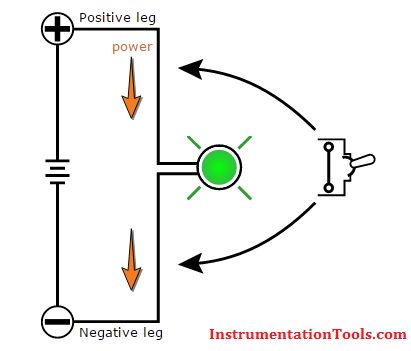
To switch the load, you can place the switch either in front of the load (on the positive leg of the circuit) or behind the load, on the negative leg.
Sinking Switch Circuit
Sinking is switching the load in the negative leg of the circuit, as shown here.
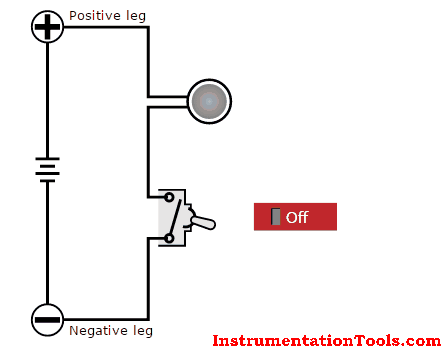
Sourcing Switch Circuit
Sourcing is switching the load in the positive leg of the circuit, as shown here.
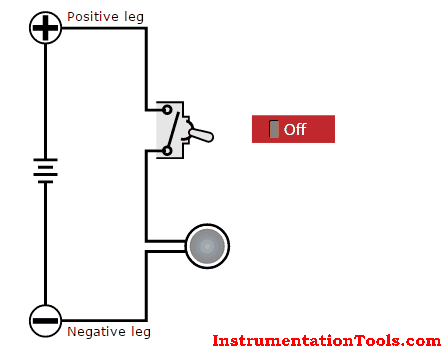
Also Read: Difference Between Sinking & Sourcing Current
If you liked this article, then please subscribe to our YouTube Channel for PLC and SCADA video tutorials.
You can also follow us on Facebook and Twitter to receive daily updates.
Read Next:
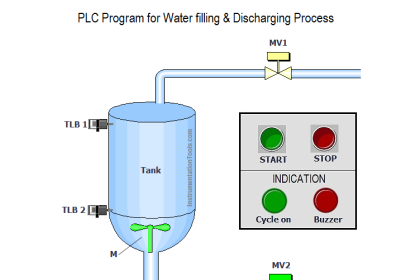
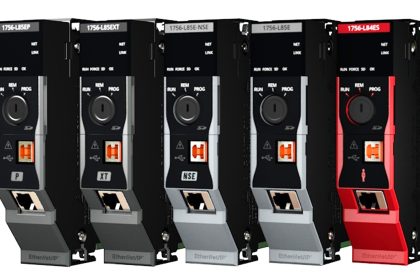
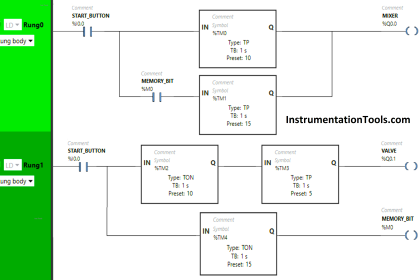
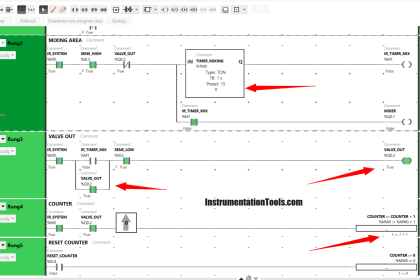

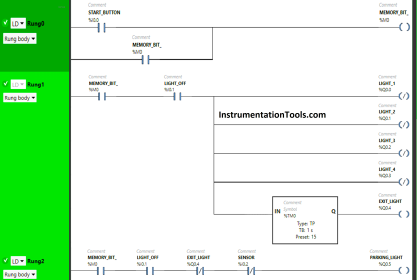
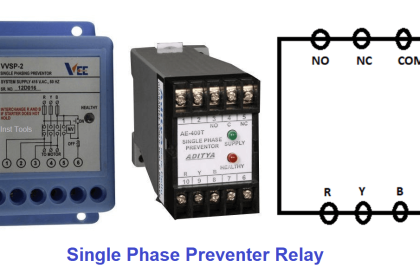
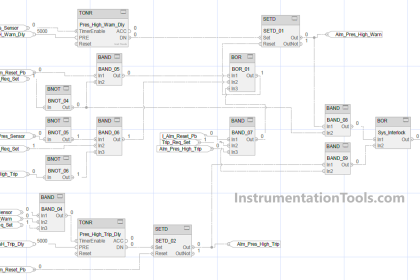
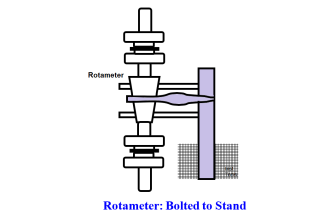
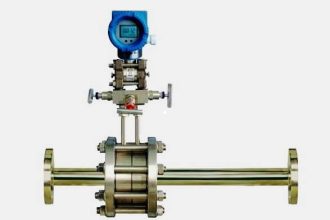
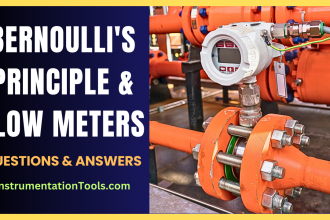


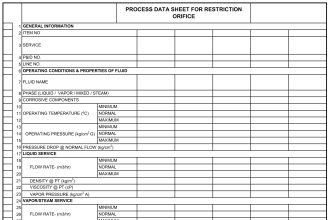

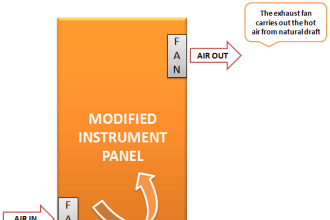

The present adopted theory is that Current (I) flows from Negative (-) to Positive (+) through the load. (Electron Flow Theory)
-also, “power” is the term associated with Watts consumed by the Resistance when Current flows through the load, due to potential (E); therefore “power” is not a “thing” and cannot “flow”
Thank you Justin for sharing the knowledge.
Fantastic explanation, Thanks!
satisfactory explaination !